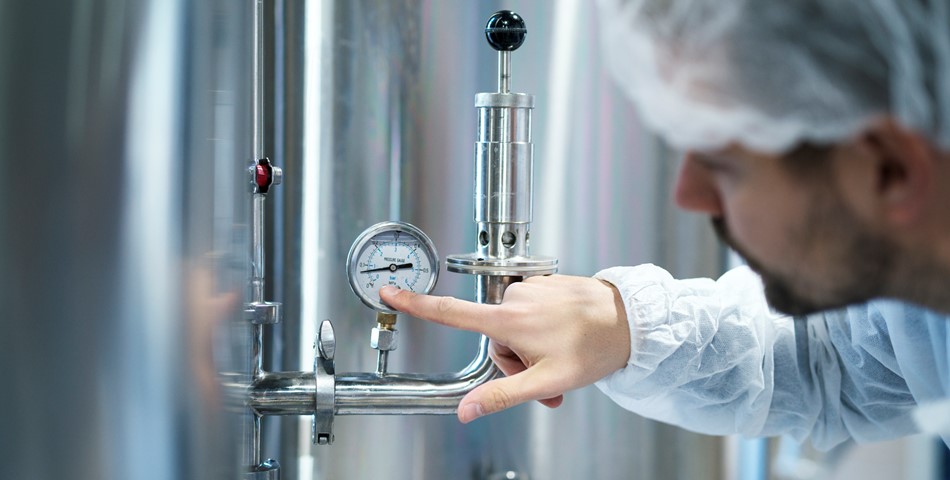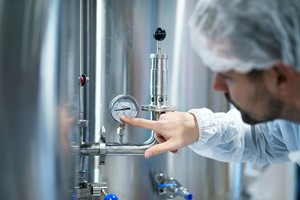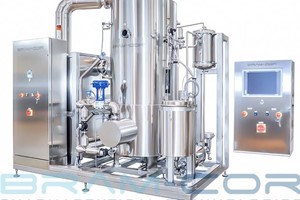The escalating global population and changing lifestyles have intensified concerns about the scarcity of freshwater resources. Industries such as papermaking, chemical production, oil refining, and steel manufacturing generate substantial wastewater, characterized by increasingly complex compositions and higher concentrations.
Direct discharge of untreated high-salt wastewater not only squanders resources but also poses significant environmental risks. Treating such wastewater involves degrading organic matter and separating salts, necessitating a combination of technologies due to fluctuating water quality, diverse components, complex processes, and high costs. Achieving near-zero discharge or resource utilization has emerged as a practical approach.
Various methods, such as biology, chemistry, electrolysis, pyrolysis, evaporation crystallization, and membrane distillation (MD), are employed for industrial wastewater resource utilization. MD, specifically vacuum membrane distillation (VMD), is gaining attention due to its mild operation conditions, high freshwater production, and the ability to treat high-concentration, difficult-to-degrade industrial wastewater.
VMD faces challenges such as energy consumption, slow treatment speed, and lack of heat recovery. Researchers have sought to improve VMD, with innovations like jacketed hollow fiber modules and integration with solar energy or heat pumps.
One significant improvement is the combination of VMD with mechanical vapor recompression (MVR), forming the VMD-MVR hybrid system. In this system, secondary vapor produced by VMD is compressed by a compressor, providing energy for treating the solution and effectively recovering latent heat. This hybrid system demonstrates lower specific energy consumption and better water quality. Another enhancement involves multi-stage VMD coupled with MVR for hypersaline brine treatment, achieving improved energy and exergy efficiency.
Despite extensive research on feasibility, water production, energy efficiency, and economy, there is a notable research gap in understanding the dynamic and non-stationary nature of the VMD-MVR system during actual evaporation processes. The impact of factors like environment, component layout, operation conditions, and membrane fouling leads to poor operation stability and low energy efficiency.
The VMD module's structure and layout play a crucial role, with most studies adopting vertical or horizontal placement. However, the performance advantages and disadvantages of these orientations remain unverified through experiments.
This paper addresses these gaps by designing and setting up two VMD-MVR systems with different structural layouts: vertical and horizontal VMD modules coupled with MVR. Using a sodium chloride solution as a treatment example, the study explores the influence of operational conditions on freshwater accumulation in the vacuum side of the vertical VMD-MVR system during evaporation.
Comparative experiments assess water production and energy-saving characteristics of vertical and horizontal VMD-MVR systems to identify the optimal structural configuration for enhanced stability and energy efficiency. The results offer insights for further mechanistic research and industrial applications of the VMD-MVR system.
By Zetian Si, Yongfa Zhang, Xiao Zhuang, Long Deng, Di Zhou, Zhuohao Li, Jiawei Xiang
https://www.sciencedirect.com/
Edited by Yehya Aoun












